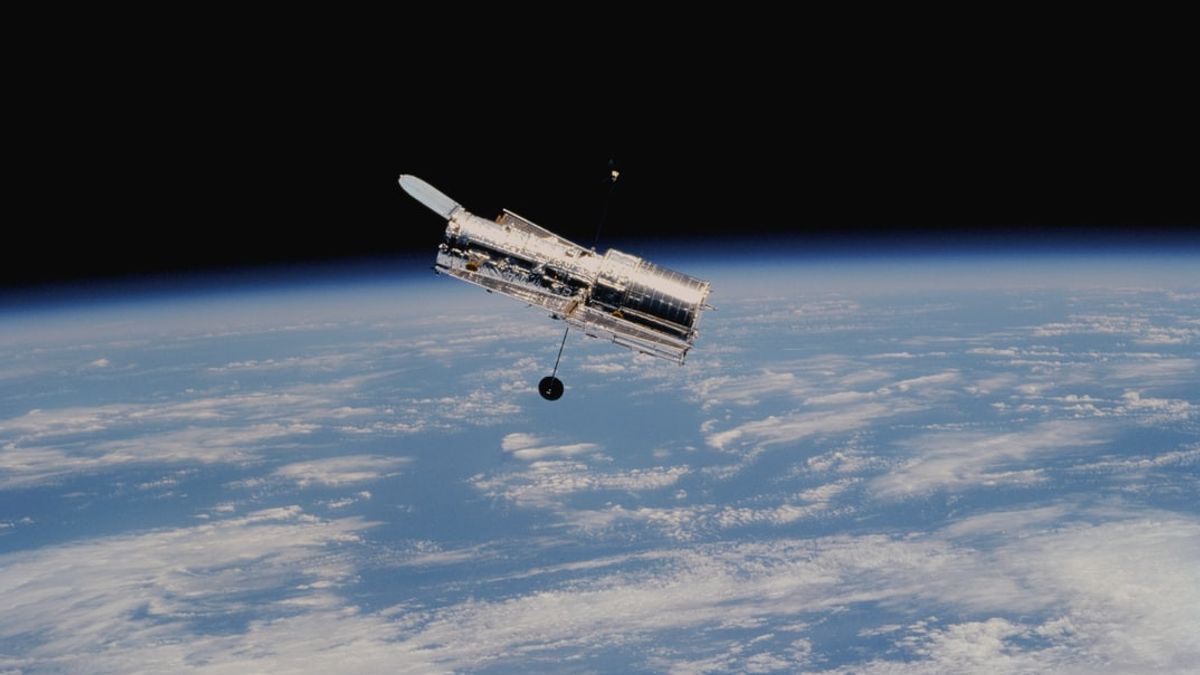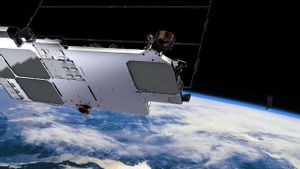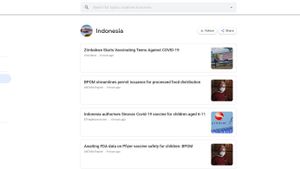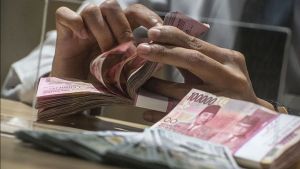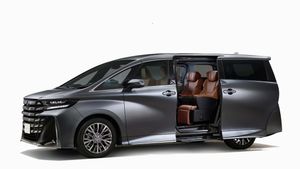JAKARTA - NASA's Hubble Telescope, one of the most important tools for space exploration, is broken again. Since its launch in April 1990, Hubble has been an invaluable asset to scientists and astronomers around the world. From determining the age of the universe to taking tons of amazing photos. Its important function in the scientific community cannot be overstated.
However, as with any aging technology, Hubble proved that it's not a "spring chicken" anymore. The telescope was offline for a full month earlier this year due to problems with its payload computer. NASA took the risk of switching to one of Hubble's spare computers to get it working again, but the plan paid off and Hubble has been fully operational since then until now.
On November 1, NASA confirmed that Hubble was once again having trouble. The telescope sent a series of error codes at 1:46 p.m. EDT on October 23, indicating that its instruments were no longer responding to data requests and commands sent by NASA.
Additional error codes came in again at 2:38 a.m. EDT on October 25. Just like the first, they confirmed something was wrong with Hubble's ability to sync important messages.
Before worrying too much, it's important to note that NASA has controlled the situation well. After the first error code was received on October 23, members of the Hubble team reset the telescope's instruments the next morning.
As more error codes appeared on the 25th, Hubble put itself in 'safe mode' to protect its instruments from possible damage by faulty software.
SEE ALSO:
According to NASA, "Mission team members are evaluating spacecraft data and system diagrams to better understand the synchronization issue and how to resolve it. "Team members also "developed and tested procedures for collecting additional data from the spacecraft".
It is estimated that this test will take at least a week to complete, but as of now, there is no word on when Hubble will be fully repaired. However, NASA assured all instruments were "healthy" and that the rest of Hubble was functioning normally.
While it might be hard to see a story like this, it's to be expected given Hubble's age. The telescope is now over 31 years old and will soon be replaced by the newer and more capable James Webb Space Telescope.
NASA will continue to use Hubble to make groundbreaking discoveries even while James Webb is operating, but chances are it won't come without the occasional glitch here and there.
The English, Chinese, Japanese, Arabic, and French versions are automatically generated by the AI. So there may still be inaccuracies in translating, please always see Indonesian as our main language. (system supported by DigitalSiber.id)
